“Feel the body…become aware of the breath…notice your thoughts…”
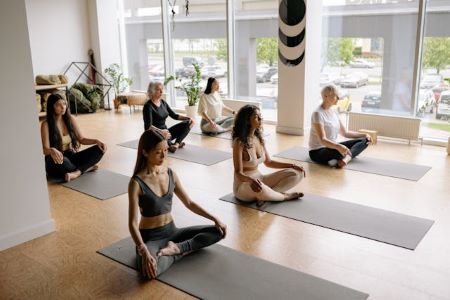
They are taking you on a journey from “gross” to “subtle”, from what is tangible to what has no substance and cannot be seen, smelled, or touched. This journey is based on one of the maps that Yogic philosophy offers to understand human beings: the map of the “Pancha Koshas” or “five sheaths”.
The first sheath is “Annamayakosha”: “anna” meaning “food”, “maya” meaning “illusion” or “comprised of”. This is our physical body: the bones, muscles, organs, and everything that comprises our chosen vehicle on this earth. It needs food, water, and Prana (“Life force”) to survive.
Pranamayakosha is our second sheath: it’s the energy body, with Prana being the Life force that permeates all things, animate and inanimate, including us. It is strictly connected to the breath, and we can manipulate it with different breathing techniques (Pranayama).
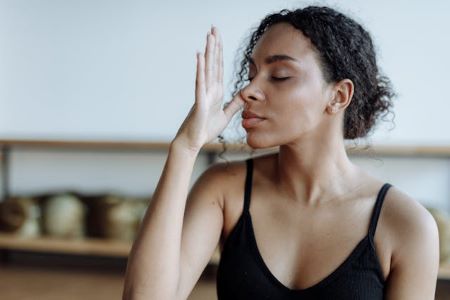
Our thoughts and feelings comprise Manomayakosha, the “mind sheath”, the part of us which processes thoughts and feelings; Manomayakosha acts as a bridge between our internal landscape and the world outside.
Vijnanamayakosha is our Consciousness, the “Witness” which is aware of our thoughts, feelings, and actions, but is not tethered to them; Anandamayakosha is the “bliss body”, which is closest to Spirit, but not quite it. It’s happiness that goes beyond what we experience in our everyday life. For the purpose of this exploration, I will be concentrating on the first three koshas.
The reason why I love this map is that it acknowledges us as multidimensional beings
Using this map, particularly beginning with the body, gifts us with an easier entryway to the more subtle realms of the mind and consciousness. This is fundamental if we are to break the unconscious patterns of thoughts that undermine our actions.
Left to its own device, our mind easily wanders off, sometimes to terrifying places; but it’s difficult to catch the thoughts that speed through all day, every day. After all, they are not made of anything…but still, those thoughts create our reality. Even more difficult is remembering that we are not our bodies, thoughts, or feelings, and that there is more to us than those transient experiences.
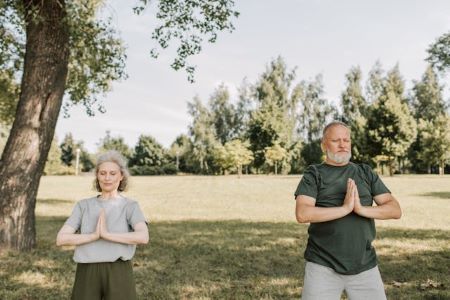
So we begin observing what is most familiar to us, the body, by observing the physical sensations we experience:
What is this tightness in the chest?
Why does my heart and chest feel lifted and full?
What is the hole in my stomach telling me?
And the electricity moving upwards making my body feel lighter and lighter?
Emotions are “energy in motion”; they are the imprint our thoughts leave, so getting familiar with your physical form and its precise reactions to the thoughts we entertain is the starting point to become aware of what’s going on in the mind. In this way, you become the Master of your very own thought process: observe the body so you can get to the mind. With awareness comes choice; with choice, comes the life you desire.
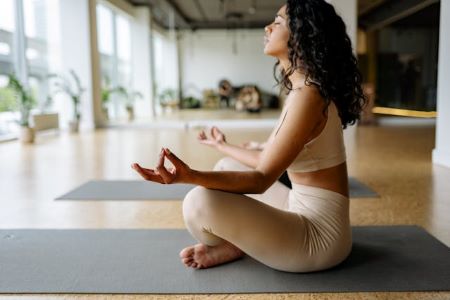
And when you’re ready to take it a step further, remember, you are neither your body nor your mind; you are That which experiences the body and the mind.
Main – Photo by CATHY PHAM on Unsplash

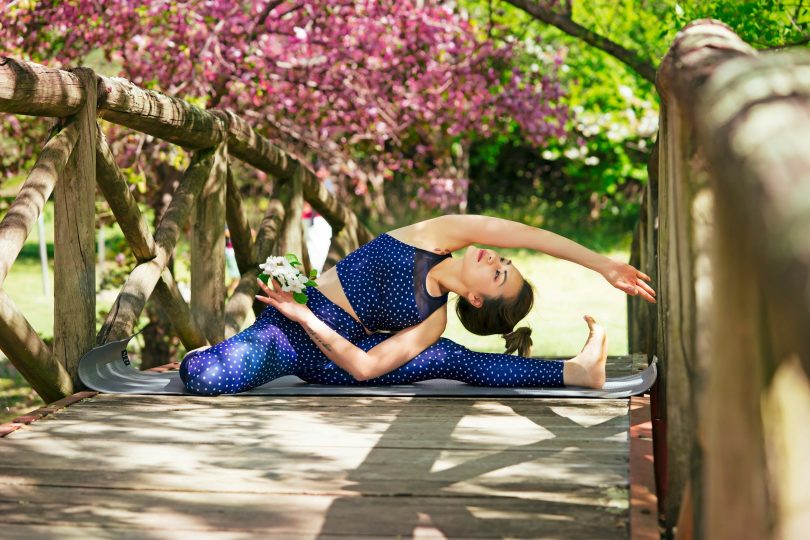



Leave a Comment